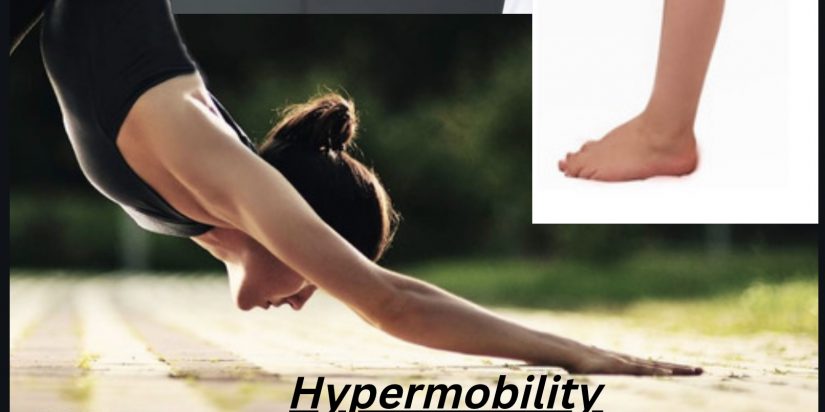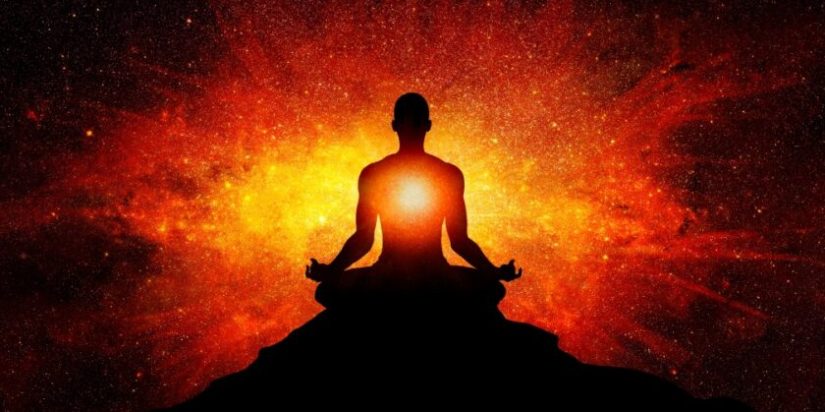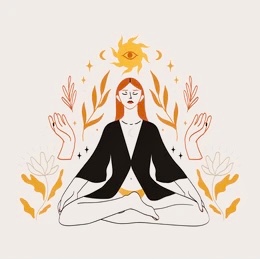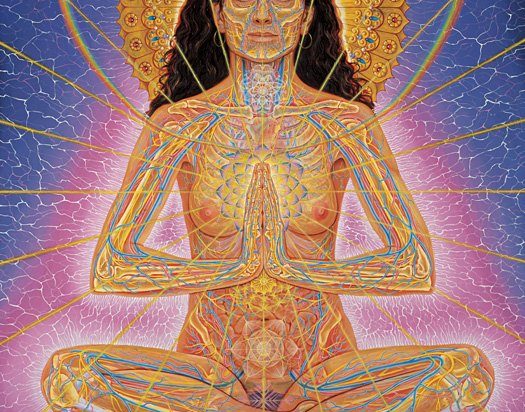Both the yogic mind and the truly scientific mind must be a living mind, learning, never ending. Gently holding onto observed truths and patterns, but willingly letting them go if proven to be false. In this way, the flow of knowledge is constant and is never dead or stagnant. It is this curiosity that sheds
Leer más...Category: Brain

Hypermobility & Hypotension – Yoga Asana, Anxiety and Pain
Hypermobility, hyperextension, hyperflexability – these are different words all describing the same thing – a weakness or laxness in the connective tissue (fascia) of the joints. There is a tight link between anxiety and generalized hyper joint mobility as well as preliminary connections with depression, fibromaglia, chronic fatigue, and attention deficit (and hyperactivity) disorder. There
Leer más...
The Mystery of Light & Atma – Yoga & Physics in Conversation
So I have a neighbor who lives downstairs from me. He is a physicist. And Sunday afternoon as we sat enjoying enchiladas potosinas and guacamole, he began to explain to me the concept and problem with the speed of light. Here it is summarized below. Imagine you see a train traveling at 50km per hour.
Leer más...
Psychedelics, Yoga and the Shamanic Journey Part III : Mexico
An exploration into the Columbian and Peruvian Ayuahuasca Traditions and an unexpected meeting with the ‘The Toad’ (Bufo Alvarius). Psychedelics and Yoga. Healing Trauma in Mexico. According to research by led by Dr. Peter Levine and Dr. Van der Kolk, trauma is experienced when we feel that our capacity to respond is taken away from us. This is
Leer más...
Psychedelics, Yoga and the Shamanic Journey Part I
My passion and perhaps obsession in life has always been trying to figure out the most effective therapies, life choices and social structures that lead to the greatest joy and life satisfaction. This passion has led me to leave behind the religious faith of my fathers, dive into the world of research and academia, globe
Leer más...